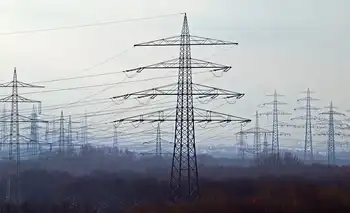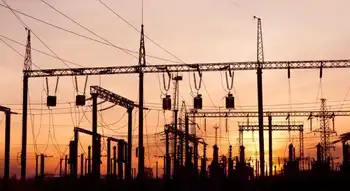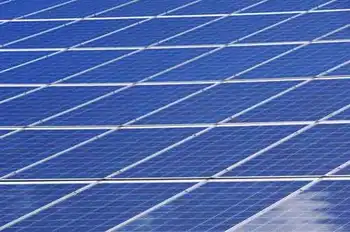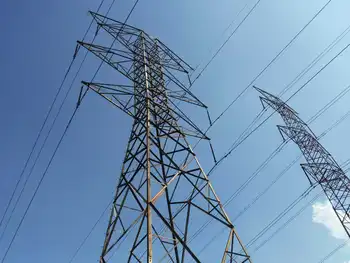Wind farm proposed for lake
By Cobourg Daily Star
Arc Flash Training CSA Z462 - Electrical Safety Essentials
Our customized live online or in‑person group training can be delivered to your staff at your location.

- Live Online
- 6 hours Instructor-led
- Group Training Available
The candidate said he is committed to the project, whether he is elected MP in the federal election, or not, and regardless of whether the NDP forms the next federal government.
If the New Democrats were in power in Ottawa, and he were its local representative, he said, "that would make it easier, (because) the NDP is very committed to supporting municipal projects in renewable energy."
Bruce Craig, president of Lakeshore Utilities, confirmed Mr. Christianson had approached him about the project. If there is support from the government, Lakeshore Utilities would be interested, Mr. Craig said.
Although offshore wind energy had not previously been in its plans, Mr. Craig said the utility is on board and just waiting for direction. If built, their subsidiary, Lakefront Generation, would own the off-shore wind farm.
About two years ago, the utility did a wind-energy study at Northumberland Hills Hospital, but found the location was not economically viable.
Taking into consideration the capital and maintenance costs, the selling price of the electricity and the amount of wind available in that location, the company could not make a business case, Mr. Craig said.
The difference between this study and the proposed off-shore location for a wind farm is more wind and fewer obstructions, Mr. Craig explained.
Mr. Craig believes that "the off-shore project would take two or three years by the time they get engineering reports, design and approvals."
Mr. Christianson said it could take three to five years to get the wind farm up and running.
Mr. Craig said wind studies would be needed to select the wind farm location, including distance from the shore.
The electricity produced by the offshore wind farm would be sold to the Independent Electricity System Operator, better known as "the grid." From here the Ontario Power Authority sets a price for the blended electricity sold to consumers that takes into account the contracts negotiated with producers.
Mr. Christianson said he traveled to Denmark in 2005, where he observed that country's wind turbine technology. He said he was impressed with Danes' ability to generate 20% of the nation's electricity using wind. Municipalities owned most of the projects, helping to alleviate the NIMBY (not in my back yard) issue.
When candidates from the Conservative, Liberal and Green parties were polled about the idea, responses were generally positive.
Conservative candidate Rick Norlock agreed with Mr. Christianson that an offshore wind project would help with the NIMBY attitude faced by on-shore initiatives. By building the wind farm away from the shore, the noise and sight-line issues fall away, Mr. Norlock pointed out.
He added the Conservative Eco-Energy initiative rolled out in 2007 makes federal funds available for projects such as this. Mr. Christianson also pointed out the provincial government has a "Community Power Fund" for this type of endeavour.
Green Party candidate Ralph Torrie said this is exactly the type of project needed, but added it needs to be considered in the context of an overall plan for energy efficiency.
Mr. Torrie lauded Lakefront Utilities for showing entrepreneurial spirit on this initiative.
"Local utilities can make a huge difference in new economic development and energy efficiency and renewables," Mr. Torrie said.
Paul Macklin, Liberal candidate for Northumberland-Quinte West, agreed with the idea of an off-shore wind farm in principle.
"Anything that will benefit our community is something I am prepared to support," he said.
He has one caveat — a careful consideration of environmental effects before proceeding.
"We know that these devices kill birds and have other ecological effects. When we look at a project of this size, we need an environmental assessment to see what adverse affects there might be."
Mr. Macklin added he would be favourably inclined toward the project, "if this is environmentally sound, it will green our community and make it more profitable."
Mr. Christianson said an off-shore project would meet these criteria.
Aside from the energy and environmental pluses, Mr. Christianson expects the community to benefit from job creation. There is no reason why these turbines could not be built locally, he suggested.
"Community-owned wind farms meet triple bottom-line objectives. They are economic generators, they have a very small ecological footprint, and they keep the wealth in our community," he said.











